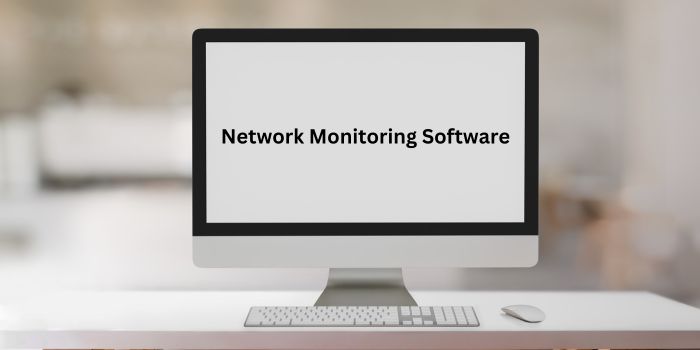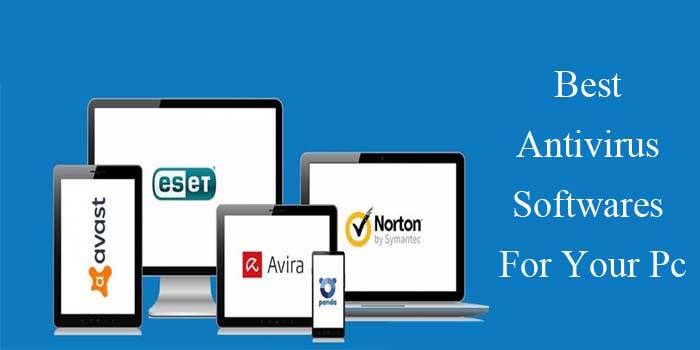If you’re the one responsible for keeping your company’s computer networks humming along smoothly, that’s probably the top priority on your list of “things that can’t screw up.” In today’s world where businesses live and die by cloud services, remote workers, and a crazy web of interconnected apps, making sure the network performs is critical. You can’t afford any hiccups.
Here’ Why Network Monitoring Matters
Because let’s be honest – a slow, janky network is the productivity killer. One little blip and suddenly everything grinds to a halt as people start hurling their laptops across the room in frustration. Not to mention those dreaded downtimes that can cost a company an arm and a leg. And compromised security? No one wants their private data leaking out into the wild west of the internet.
So what exactly does network monitoring software do? At its core, it gives you an x-ray vision into how your entire IT infrastructure is running – the performance, usage, security vulnerabilities, you name it. These tools are like hyper-vigilant hawks, constantly analyzing metrics across your networks, servers, applications, devices, and everything else to sniff out any potential hell-storms before they can fully erupt.
With real-time monitoring coupled with smart alert systems, they empower IT teams to swoop in and neutralize network slowdowns, outages, security breaches, and any other fires that could disrupt operations for employees and customers alike. Seriously, you can’t afford to let any of those flare-ups spiral out of control in today’s world. Key Features to Prioritize
Features of network monitoring tools
When you’re evaluating all the different network monitoring tools out there, there are a few crucial features you’ll want to keep an eagle eye out for:
1) Automated Network Mapping & Discovery None of that manual entry nonsense. You want a tool that can automatically discover and map out every single device, server, application, and dependency across your entire environment. That way you have full visibility into your whole tech ecosystem without any blind spots.
2) Real-Time Performance Tracking Enough with those static snapshots that are outdated before you can even say “bandwidth hog.” You need continuous real-time monitoring of all the key indicators like network traffic, bandwidth usage, latency, packet loss, and more across both wired and wireless networks. Gotta stay looped in on performance at all times.
3) Customizable Dashboard Views: Dashboards with all the nitty-gritty details are all well and good for the tech gurus. But you’ll also want the ability to customize clean, easy-to-read dashboard views tailored for different teams and user roles. That way, everyone can get the high-level or in-the-weeds network health visibility they need with just a glance.
4) Intelligent Alert Notifications Waiting around for problems to spiral out of control just ain’t an option. You need smart alerts that can automatically detect potential issues and notify you ASAP based on custom-configured thresholds you set. That rapid heads-up enables teams to jump on putting out fires before they can spread into raging infernos.
5) Historical Reporting & Analytics Access to comprehensive reports and historical data for identifying trends, troubleshooting recurring issues, and capacity planning.
6) Multi-Cloud & Hybrid Support Ability to monitor both on-prem and cloud infrastructure, with support for AWS, Azure, GCP, and other major providers.
7) Automated Discovery & Dependency Mapping Automatically discovering and mapping devices, apps, and dependencies for up-to-date visibility across dynamic environments.
8) In-Depth Traffic Analysis Granular analysis of network traffic flows, bandwidth consumption, and potential threats like DDoS attacks.
Read here : What is Tanzohub technology: Overview, Features, benefits and more
Best Network Monitoring Software
For hybrid cloud monitoring, LogicMonitor is a top dog leveraging an agentless distributed architecture for seamless visibility. Not only does it provide in-depth network performance insights, but it’s turbo-charged with AIOps for automatically identifying the root causes of issues. No more guessing games.
Next up, we’ve got ManageEngine OpManager designed for small-to-massive businesses alike. This powerhouse delivers full end-to-end monitoring from every angle of your network infrastructure. It’s compatible with over 10,000 different device models, so you know it’ll play nice with whatever tech franken-stack you’ve assembled. Standout features include intelligent fault management that sniffs out issues fast, visualizations that aren’t total headache-fuel, and multi-vendor support.
For all you open-source aficionados, Nagios XI is one of the heaviest hitters. This free-as-a-bird solution provides incredibly comprehensive monitoring across networks, servers, apps – you name it. Not only is it stupid extensible to customize to your heart’s content, but it’s also packing advanced reporting capabilities and alert handling smarts.
SolarWinds Network Performance Monitor (NPM) is a powerful on-premise solution that offers deep insights into network performance. It’s a good option for large enterprises with complex networks, but it can be expensive and complex to set up.
For On-Premise PRTG Network Monitor is a popular on-premise solution that offers a wide range of features, including network monitoring, server monitoring, and application monitoring. It’s easy to use and scales well for medium-sized networks.
For Cloud base, Datadog is a comprehensive monitoring platform that integrates network monitoring with server monitoring, application monitoring, and security monitoring. It’s easy to use and scales well for large networks.
For Free and Open-Source Prometheus is a popular option for those who want a powerful and customizable solution. It’s a building block for observability toolchains and requires some technical expertise to set up and use effectively.
For Other Notable Tools, NinjaOne is a unified IT management platform that includes network monitoring, remote monitoring and management (RMM), and professional services automation (PSA) tools. It’s a good option for managed service providers (MSPs) and IT departments that want to consolidate their IT management tools.
Find here : HRMS Globex : Making Job Tasks Easier for Achievement!
Tame the Tech Tantrum! Network Monitoring Tools for a Happy You
At the end of the day, which Custom network monitoring tool reigns supreme will depend on factors like your company’s specific needs, tech stack complexity, and budget. But the options highlighted above represent some of the most robust, feature-stacked solutions out there that have won over tons of IT teams.
When vetting your options, make sure to prioritize biggies like scalability, user-friendliness, multi-cloud support, and easy integration with your existing management toolbox. And think about deployment – do you want on-prem? Cloud-based? Or to hedge your bets with a hybrid model?
Conclusion:
By deploying a truly powerful network monitoring platform, you’ll gain the real-time visibility, proactive alerting, and historical data insights needed to optimize network performance from every angle. That translates to minimizing those productivity-killing downtimes and making sure your employees and customers always have a smooth, uninterrupted experience across all your services and apps. In other words – avoiding total chaos.




